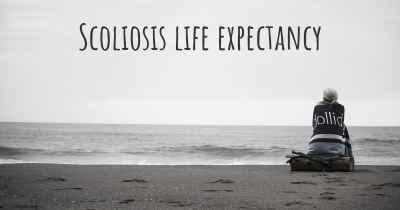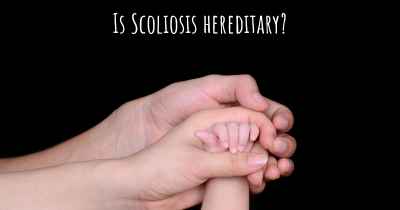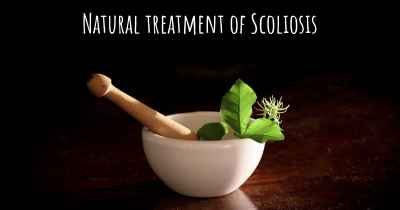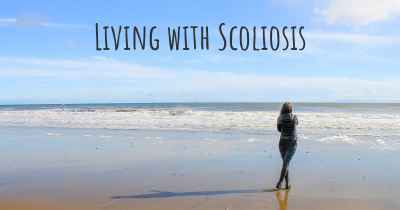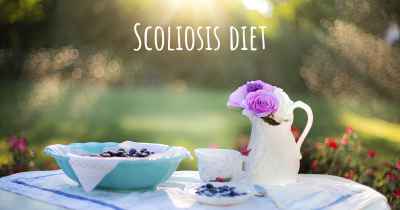Is it advisable to do exercise when affected by Scoliosis? Which activities would you suggest and how intense should they be?
See if it is advisable for people with Scoliosis to practice sports and which ones are the most recommended if you have Scoliosis
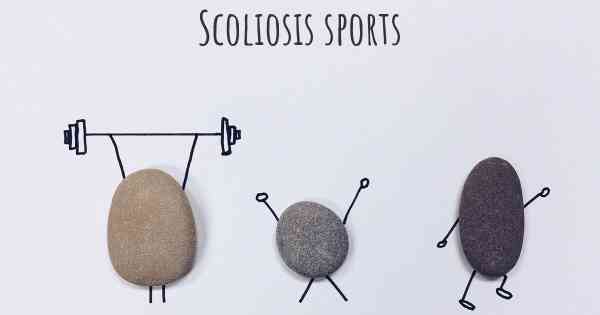
Scoliosis is a condition characterized by an abnormal curvature of the spine. It can cause discomfort, pain, and limited mobility for those affected. While exercise may not correct the curvature, it can help manage the symptoms and improve overall well-being. However, it is crucial to approach exercise with caution and consult with a healthcare professional or physical therapist before starting any new exercise routine.
Benefits of Exercise for Scoliosis:
Engaging in regular exercise can provide several benefits for individuals with scoliosis:
- Pain Management: Exercise can help alleviate pain associated with scoliosis by strengthening the muscles that support the spine. Stronger muscles can provide better stability and reduce strain on the spine.
- Improved Flexibility: Stretching exercises can enhance flexibility and range of motion, which can be beneficial for individuals with scoliosis. Increased flexibility can help counteract the stiffness often experienced due to the abnormal curvature.
- Posture Correction: Certain exercises can focus on improving posture, which is particularly important for individuals with scoliosis. Strengthening the muscles responsible for maintaining proper posture can help minimize the appearance of spinal curvature.
- Enhanced Mental Well-being: Regular exercise releases endorphins, which are natural mood boosters. Engaging in physical activity can help reduce stress, anxiety, and depression commonly associated with scoliosis.
Recommended Exercises for Scoliosis:
While the specific exercises may vary depending on the severity and type of scoliosis, here are some generally recommended exercises:
- Stretching: Gentle stretching exercises can help improve flexibility and relieve muscle tension. Focus on stretching the muscles in the back, hips, and legs. Examples include hamstring stretches, cat-cow stretches, and side bends.
- Strengthening: Strengthening exercises target the muscles that support the spine, including the core, back, and hips. Some effective exercises include planks, bridges, supermans, and side planks. It is important to maintain proper form and start with lighter weights or resistance bands.
- Low-Impact Aerobic Exercises: Engaging in low-impact aerobic activities such as walking, swimming, or cycling can improve cardiovascular health without putting excessive strain on the spine. These exercises also help maintain a healthy weight, which can reduce stress on the spine.
- Pilates or Yoga: These practices focus on core strength, flexibility, and posture, making them beneficial for individuals with scoliosis. However, it is crucial to work with an experienced instructor who can modify exercises to suit individual needs.
Exercise Intensity:
The intensity of exercise for scoliosis should be determined on an individual basis, considering factors such as age, overall health, and the severity of the condition. It is important to start slowly and gradually increase the intensity and duration of the exercises over time.
While exercise is generally beneficial for individuals with scoliosis, it is essential to listen to your body and avoid any exercises that cause pain or discomfort. If any exercise exacerbates your symptoms, it is advisable to stop and consult with a healthcare professional or physical therapist.
Conclusion:
Engaging in regular exercise can be beneficial for individuals with scoliosis, helping manage pain, improving flexibility, correcting posture, and enhancing overall well-being. However, it is crucial to consult with a healthcare professional or physical therapist to determine the most suitable exercises and intensity for your specific condition. Remember to start slowly, listen to your body, and seek professional guidance to ensure a safe and effective exercise routine.
Posted Jan 4, 2021 by Alexandra 650
Posted Feb 21, 2017 by Rett Guatemala 1000
